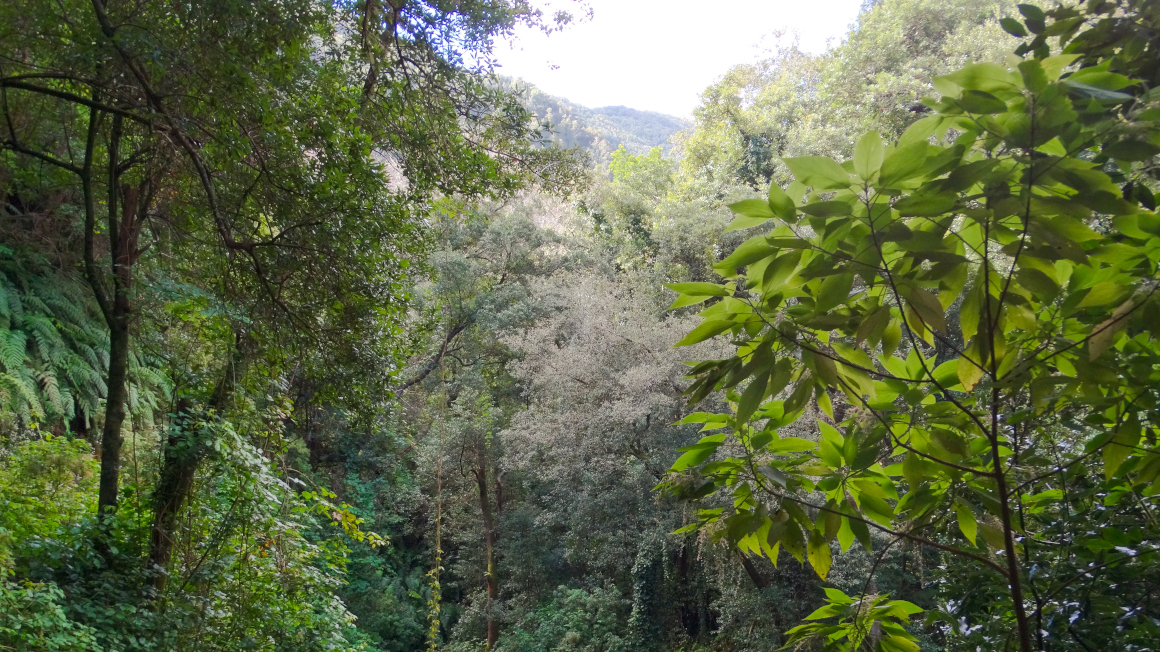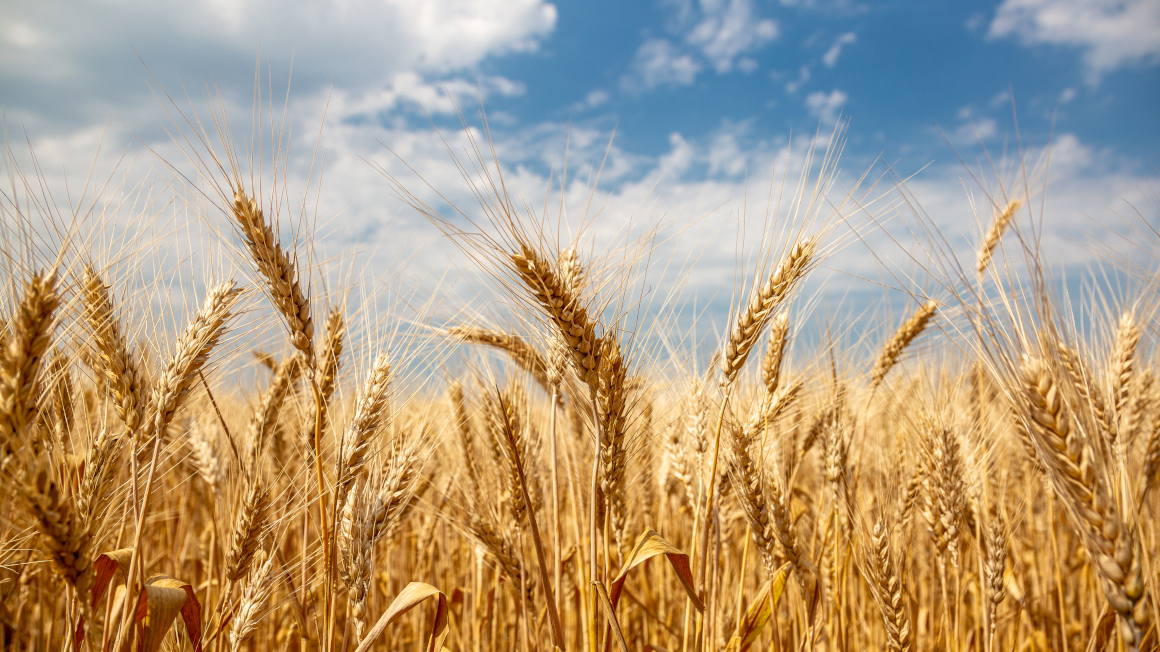Drought alters photosynthetic behavior of plants
The cooling evaporation effect is reduced when plants shift their photosynthesis activity to the morning hours during a heat wave. The researchers have now been able to demonstrate this using satellite data.

Photosynthesis is by far the most important metabolic process on earth. Without it, there would be no life. With the help of sunlight, plants, algae and also some bacteria can convert water and carbon dioxide (CO2) into sugar and oxygen. Plants need CO2 to generate the necessary energy and thus biomass for their growth. As a result of increasingly frequent droughts, however, the photosynthetic behavior of plants has changed within the day, as an international study by researchers from South Korea, the USA and Germany shows.
Plants postpone photosynthesis to the morning hours in hot weather
As the team reports in the journal Science Advances, plants in already dry areas increasingly shift their CO2 uptake to the morning hours during a heat wave and reduce photosynthesis at midday and in the afternoon. "Although this finding is not new in itself, it was previously based on small-scale studies of individual plant species or ecosystems, such as at the level of a forest stand, and could not previously be observed on a large scale using satellites. The new study is the first to quantify this shift toward morning hours on an area-wide basis for the continental U.S. based on satellite measurements," says Benjamin Dechant of the German Center for Integrative Biodiversity Research (iDiv) and the University of Leipzig, who was involved in the study.
Cooling effect of evaporation decreases
What are the consequences of altered photosynthetic activity for individual plants and the ecosystem? In order for plants to perform photosynthesis, they have to open the stomata of their leaves, which causes water to evaporate. During periods of drought, individual species would therefore need to minimize water loss in order to continue photosynthesizing, Dechant explains. "However, if such conditions persist for an extended period of time and plants cannot take up enough water through their roots, this can lead to increased plant death, especially in species that are not adapted to such extreme environmental conditions. At the ecosystem level, the greatly reduced evaporation of water from leaves at later times of the day can also affect temperatures, as the cooling effect of evaporation is much less than under normal conditions," he said.
Reduced evaporation could further exacerbate droughts
If shifting photosynthesis to the morning hours reduces the cooling effect of evaporation during the day, this will also have negative impacts on wildlife and human life in cities. Droughts could also be exacerbated by reduced evaporation. "The results can be used, among other things, to evaluate and improve simulation results of vegetation models, which is important for predictions of the global carbon cycle," Dechant concluded.
The study is based on data from new types of geostationary satellites that were recorded during a heat wave in the USA in 2020, for example. Compared to conventional satellites, these geostationary satellites have sensors that enable continuous measurements throughout the day thanks to a very high temporal resolution.
bb


